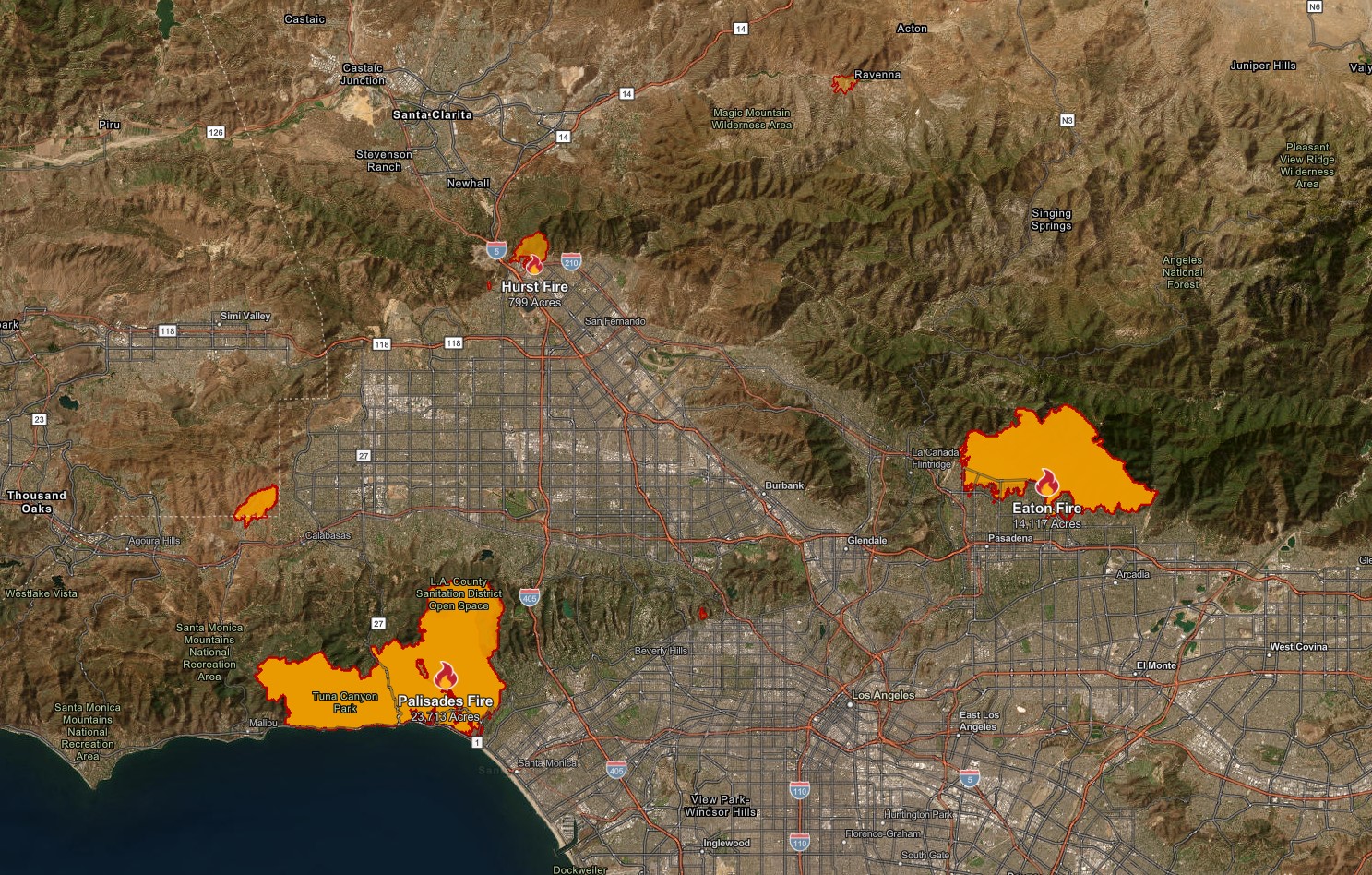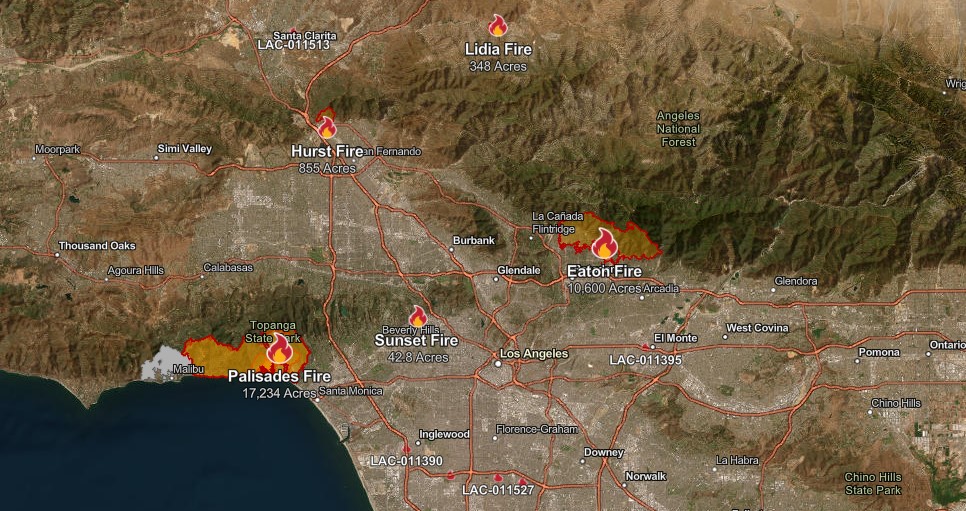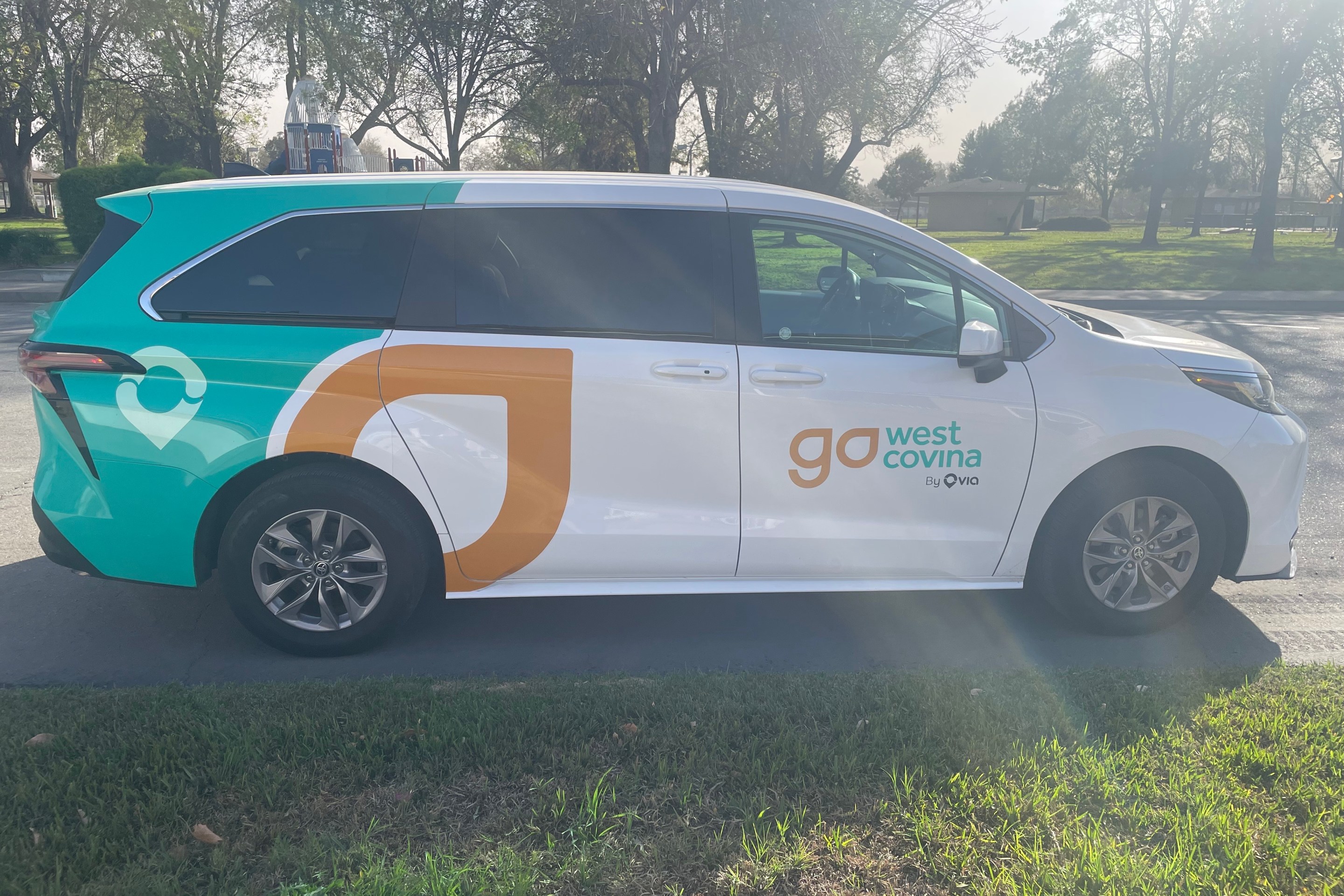The Spanish train crash in Santiago de Compostela that killed 79 people last week has sparked questions about whether high-speed rail is safe. In fact, it's among the safest ways to travel, and technology that already exists can make the type of human error that led to tragedy in Spain nearly a non-issue. Future high-speed rail in California will be equipped with that technology.
The driver of the Spanish high-speed rail train that crashed, 52-year-old Francisco José Garzón Amo, took a turn at more than twice the legal speed -- 190 kilometers an hour (118 mph) instead of 80 (50 mph). He should have applied the brakes two-and-a-half miles before the curve but, he says, he experienced a “lapse of concentration” and thought it was a different curve. The train derailed and slammed into a concrete retaining wall.
Now that the train’s black box has been uncovered, we know more about why his concentration was compromised. Garzón was on the phone with RENFE, the train company, getting instructions for the train’s final stop in Ferrol, a small city in the northwestern corner of Spain. It appears from the black box tape that he may have also been rustling maps “or some other similar paper document.”
Train conductors in Spain are allowed to use the phone while on the job and are in fact equipped with a work phone, though a Renfe spokeswoman said Wednesday a driver shouldn’t answer the phone unless it’s safe to do so.
Garzón was “provisionally” charged Sunday night with "79 counts of manslaughter and numerous offences of bodily harm, all of them committed through professional recklessness." Sixty-six people remain in the hospital, with 15 of them listed in “critical condition,” according to a EuroWeeklyNews story from this morning. The already horrific death toll could easily rise.
The train was traveling the Madrid-Ferrol line, which combines high-speed and conventional track. According to journalist Lisa Abend, writing in Time, “railways officials took pains to point out both that the crash was a result of human error and that it occurred" on the conventional track, not the special AVE high-speed rail track. Those parts of the track are monitored constantly for speed and a traffic management system can override the driver if it detects a problem, similar to the positive train control technology that Congress has mandated on all U.S. tracks and trains by the end of 2015.
But the crash occurred on a section of conventional track that uses an older system, which monitors track intermittently and which alerts the driver rather than overriding him in case of emergency.
Abend explains in her Time article that "the Spanish brand" is in trouble after the crash, but perhaps the greater casualty is the high-speed rail brand. After all, this wasn’t the only deadly crash in Europe in the last few weeks: A derailment in France July 12 killed six. And just this week, 35 people were hurt when two trains crashed in Switzerland.
These weren’t all high-speed rail incidents. But if even regular train travel can be this risky, it’s reasonable for people to wonder whether it’s safe to jack up the speed. The question is on many people’s minds as California continues to make progress toward the United States’ first true high-speed rail line.
Robert Cruikshank, writing in the California HSR Blog, anticipates these questions. "So we should expect at any moment to hear HSR opponents argue that the Santiago de Compostela crash shows that California HSR is a bad idea because it would run the same risks as the tracks in Spain," he writes. "But such arguments don’t hold water."
He says California will also use a mix of safety systems, but all will have positive train control. Some will also have even more sophisticated technology, though in the metropolitan downtowns, trains will run on shared conventional tracks, rather than dedicated high-speed tracks that will exist on other parts of the route. Cruikshank says the same issue was probably at play in Spain: "to limit purchase of right of way" in urbanized areas.
"There remains every reason to believe the California HSR system operating plan is safe," Cruikshank writes. "At the same time, California should aim higher. The Blended Plan [incorporating a mix of shared and dedicated track] should be a short-term measure, not a long-term solution. The entire route from downtown SF to downtown LA should be as dedicated as possible for HSR service, using a single, ERTMS compatible standard." ERTMS is the system the high-speed rail portion of the Spanish track uses -- that ran out just a few short miles before the site of the crash.
All of these technologies will make rail travel even safer than it already is -- and it's already "one of the safest ways you can get around," according to Atlantic Cities, which took a look at comparative safety data. They affirmed that an American is 43 times more likely to die in a car than on a train, according to NTSB numbers. Even boating claims more lives than rail travel.
And in Europe, where train travel is more common, it is about 30 times safer than riding in a car, according to the most recent European Railway Agency safety report. (The link isn’t working but the results are described here and here.) Between 2008 and 2010, there was one train fatality per 6.4 billion passenger kilometers, compared to one automobile fatality per 222 million passenger kilometers. (Those numbers don’t include non-passengers hit by trains.)
Meanwhile, the Spanish rail company RENFE seems relieved that human error, rather than any kind of mechanical failure, caused the crash. As Abend describes, AVE’s reputation -- especially its safety record -- has allowed the rail network to blossom not only in Spain but around the world. Building high-speed rail has also become a major export business, providing a significant boost to the troubled Spanish economy. “In 2012, the country won an $8.6 billion contract with Saudi Arabia to build a high-speed line that connects Medina with Mecca,” Abend wrote. “Since then, it has continued to expand internationally — with projects under way in California, Kazakhstan and Russia” and a big contract pending in Brazil.





